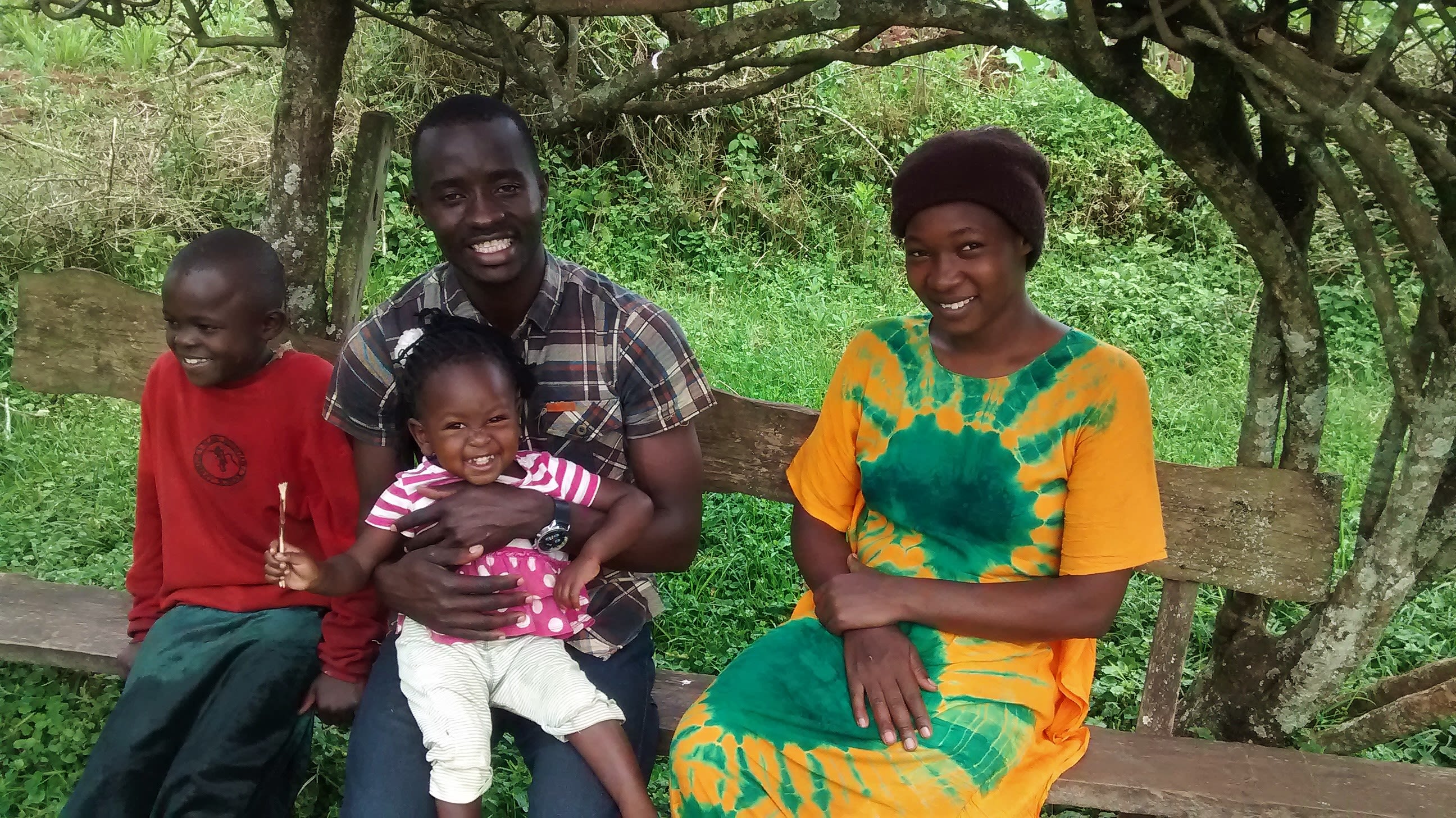This project is a part of our shared program with Western Water and Sanitation Forum (WEWASAFO). Our team is pleased to directly share the below report (edited for clarity, as needed).
Welcome to the Community
This unprotected spring is located in Givunji Village, Kivagala sub-location, North Maragoli location, Sabatia Sub-County of Vihiga County. It serves 30 households with a total population of 200 people, out of which 70 are male and 130 are female. During the dry seasons, it also serves the students and staff of the nearby school, Kivagala Primary.
Most who live around Kavehere Spring wake up very early to start working on their farms. Most farmers in this area grow tea so that they can sell the leaves to the nearby Mudete Tea Factory. Community members who do not practice agriculture engage in brick-making. This is a very united community that looks forward to working together on this water project.
The community that uses Kavehere Spring witnessed the water project recently completed at Mido Spring, and asked us to protect their water source as well. After our first visit to Givunji Village and Kavehere Spring, we accepted their application, deciding that this group will greatly benefit from a project.
Water Situation
The spring is a permanent water source. Even though the spring is not yet protected, people are looking to it for their physical and domestic needs. Since the spring is unprotected, it is open to contamination from surface runoff, erosion, animals, and waste. The area around the spring is also overgrown, and a few people have been scared by and even bitten by snakes! Even though locals face danger from both the water itself and the area around, they still fetch the spring’s water. This is because the nearest alternative water source is more than seven kilometers away! "We are aware that this water is not safe, even this environment is not safe, but we have no option because Mido Spring is very far from here. Going there will waste much of our time, yet we have to toil to put food on the table at the end of the day and also send our children to school, we cannot waste one and a half hours going to the spring!" explains the spring's landowner. Instead, locals do their best to save time but often sacrifice their health, suffering from diarrhea and other complications.
Beneficiaries use gourds to draw water from the spring and fill larger buckets and jerrycans. They tote these containers home and dump water into earthen pots – pottery tends to keep the water cooler. Containers are wiped with tree leaves and sand, then rinsed to clean.
Sanitation Situation
Sanitation and hygiene is also a challenge in this community. Most homes are overgrown with grasses and bushes, and residents often complain of mosquito bites. In other homes, mosquito nets are being used to fence gardens to keep chickens away from vegetables, instead of being used to prevent malaria! Only a few homes have latrines, with the rest of the families using the privacy of bushes or shade of trees for relief. The families that have pit latrines keep them relatively clean, but the pits are uncovered. This creates both a smelly and inviting environment for flies! Local mason and father Jacob Andati told us "We are situated far from any health facility. We have many cases of stomach distress, most of which are dealt with locally. The community members will appreciate your input in terms of water, sanitation and hygiene facilities."
Plans: Hygiene and Sanitation Training and Sanitation Platforms
Community members will attend hygiene and sanitation training for at least three days. This training will ensure participants are no longer ignorant about healthy practices and their importance. The facilitator plans to use PHAST (Participatory Hygiene and Sanitation Transformation), CLTS (Community-Led Total Sanitation), ABCD (Asset-Based Community Development), group discussions, handouts, and demonstrations at the spring. On the final day of training, participants will select five families that should benefit from new latrines that have sanitation platforms (concrete pit latrine floors).
Based on the initial visit, the facilitator decided to focus on the following training topics:
- Proper handling and treatment of water and food
- Dangers of open defecation
- Protecting, preserving, and managing community water sources
- Practicing personal and environmental hygiene
Training will also inform the community and selected families on what they can do to help make this project a success. They will mobilize local materials such as bricks, clean sand, hardcore, and ballast. The five selected families will also prepare by sinking a pit for sanitation platforms to be placed over. All community members will work together to make sure that accommodations and food are always provided for the work teams.
Plans: Spring Protection
Fetching water is predominantly a female role, done by both women and young girls. Protecting the spring and offering training and support will therefore help empower the female members of the community by giving them more time and efforts to engage with and invest in income-generating activities.
In addition, protecting the spring will ensure that the water is safe, adequate and secure. Construction will keep surface runoff and other contaminants out of the water. The sanitation facilities and trainings will also enable, enlighten and build the capacity of the community so that they can take matters into their own hands.

 Protected Spring
Protected Spring
 Rehabilitation Project
Rehabilitation Project




























